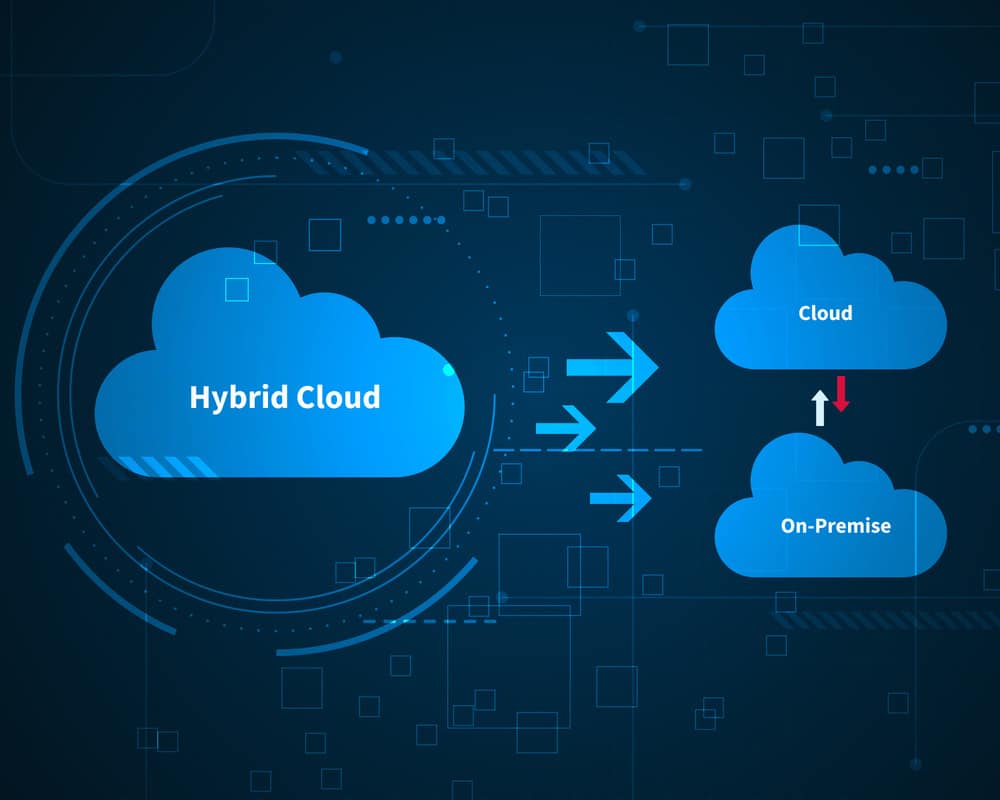How Do I Transition to the Cloud?
As new developments continue emerging in the technology space, especially in cloud computing, it is now not an option for modern companies and organizations to opt not to have the technology. Data security and safety are paramount hence the need to adapt to a technology providing those parameters with ease. There are still a few organizations that are skeptical about transitioning mainly due to a lack of enough information and general fear. While it is okay to be skeptical owing to the sensitive nature of data, there is also a need to open up and enjoy the numerous benefits that come with cloud technology. Here is a dependable guideline on how to transition to the Cloud and using Crunchbits as your platform for your server solutions.
Communicate to All Involved Stakeholders
Communicate clearly about the move to all stakeholders. Bring your board and employees up to speed and allow their input and suggestions before proceeding with the transition. All technical practitioners in your organization concerned with this process must be aware of the move. Let the management and other employees as well understand why the company or organization is making the move. Providing this information makes it easy for all involved to adapt and eases the training process. It also reduces budgetary constraints as the management must decide whether to allocate the needed resources to the process.
Decide on the Nature of Cloud Storage
You must decide whether you need public, private, or hybrid clouds. Public cloud storage means that you share your servers with other entities. The servers are remotely located away from your plant. Private cloud storage means that your company owns and keeps the servers within your organization. Only your company has access to the servers. Lastly, hybrid storage means that you manage some of the servers and allow a public server to manage less insensitive data.
Identify Your Cloud Provider or Providers
Identify various cloud providers based on your needs and vet them. You can have one or several cloud providers based on your needs and budget. There are so many cloud providers with varying features and services. While the basics of all of them is to store your data in the cloud, they all have unique features and extra services. Take time to understand the providers and select one or several that will serve you based on your organization’s needs.
Secure Your Data Throughout the Process
When carrying out the cloud transition, you must remain connected to the internet throughout the process. You must ensure the security of your data before starting the process. Your IT experts and your provider should remain alert throughout the process to identify any breaches and threats and deal with them accordingly. Attackers or hackers are always on high alert trying to identify loopholes to take advantage of. It is essential then that your team also be keen to prevent any possible attacks and loss of data.
Have a Long-term Plan
Completing the transition successfully is just one part of the process. The bulk of the work is maintaining your platform and adapting to frequent changes and developments in the cloud environment. You need to have a clear plan or roadmap on how to evolve and grow with the changing environment as well as your future data management needs.



























